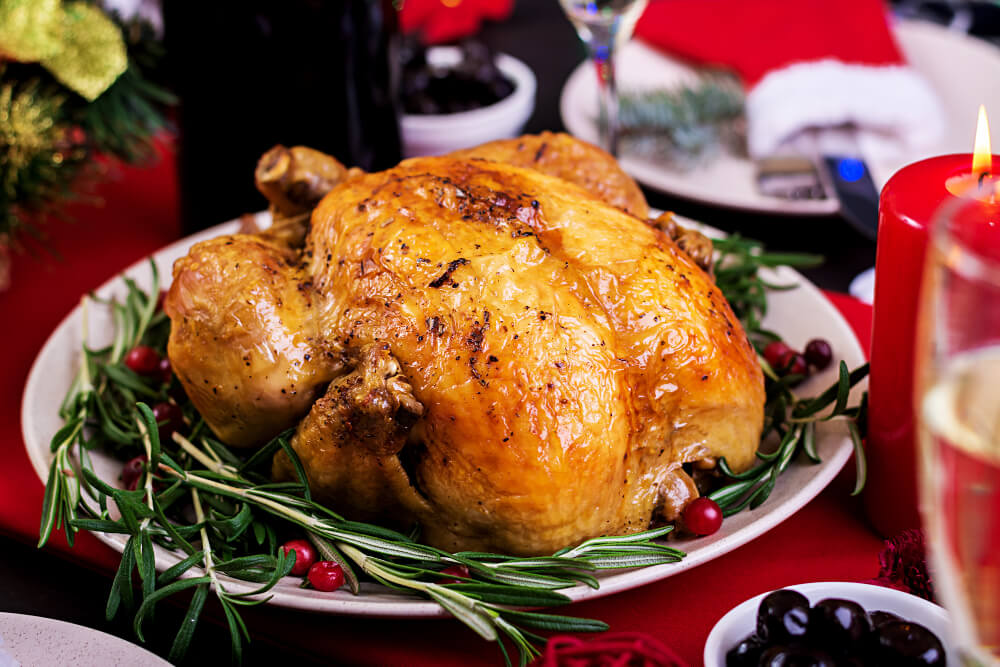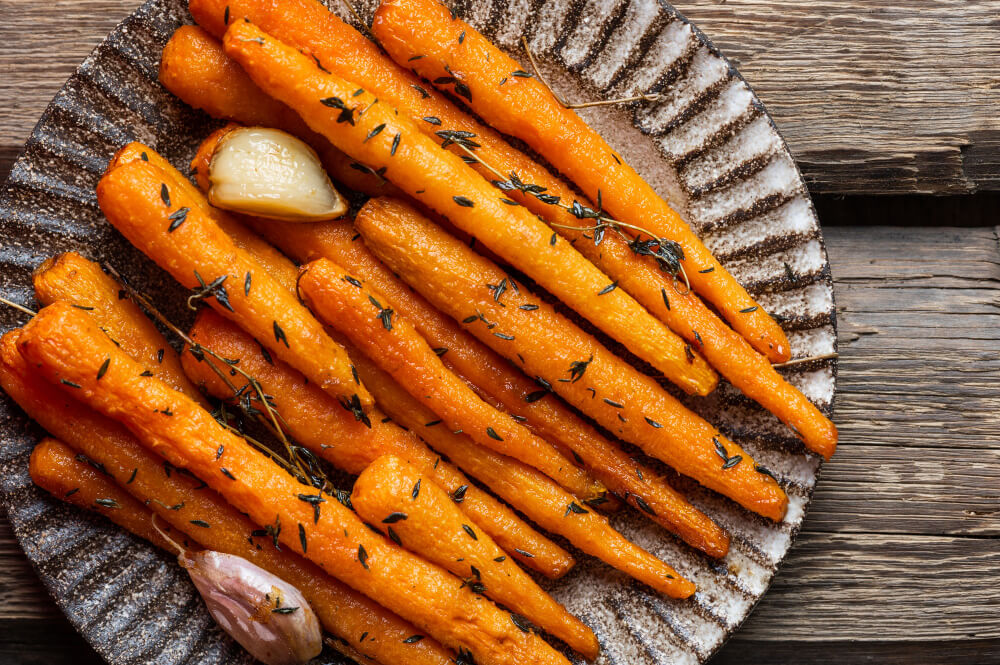
Are you new to the culinary world and wondering how to care for a wooden cutting board? Well, you're not alone. Many people are switching to teak cutting boards, ditching the usual, plastic cutting boards, for their durability and elegance.
However, the challenge comes in maintaining the pristine condition of both sides of the board. Every surface of the board, whether it's the smooth chopping board area or the sides, needs some TLC to preserve its quality and lifespan.
Your cutting boards need not just cleaning, but also specific care practices that might not be immediately obvious. Our guide will show you how to clean your board and more, ensuring that your teak cutting board remains in the best shape possible.
Must Have Tools and Products for Wood Cutting Board Care and Maintenance
Before we start our venture into the realm of wood cutting board care and maintenance, it's essential to familiarize ourselves with the must-have tools and products. These not only simplify the process but also enhance the longevity and performance of your board.
First and foremost, you'll need white vinegar, a natural disinfectant that helps to eliminate any bacteria from the board's surface. A sponge is another essential tool for cleaning your board gently without causing any surface damage.
While many might reach for the bleach, it's worth noting that it can be harsh on wooden boards. Instead, consider a bleach dishwasher as an alternative for deep cleaning, which can effectively sanitize your board without damaging the wood.
Finally, you cannot overlook mineral oil. Regular application of this oil will keep your board conditioned and prevent it from drying out and cracking.
Signs You Need to Re-Oil Your Wooden Cutting Board

Another thing you should know about wooden cutting board care is recognizing when it's time for re-oiling. Here are some signs that can tell you it's time to reach for that bottle of mineral oil:
-
Dull Appearance: If your cutting board appears dry and lifeless, it's a clear sign that the wood needs some rejuvenation. Oiling will restore its lustrous finish and prevent it from drying out.
-
Rough Texture: Over time and with every use, the surface of your wooden cutting board may start to feel rougher. That's an indication that it needs a new coat of oil.
-
Visible Cracks or Splits: Cracks or splits are serious signs that your board needs immediate attention. These flaws can warp and splinter the wood, making it harder to use and clean.
-
Water Absorption: If you notice water soaking into your board instead of beading up and running off, it means the oil that used to protect and seal the wood has worn away. Re-oiling is necessary to ensure liquids don't penetrate the wood, which could lead to warping or bacterial growth.
-
Food Stains and Odors: When your board starts retaining food stains and odors, it's a strong indication that it needs to be re-oiled. A well-oiled board should resist these issues.
-
Changes in Weight: If your board feels lighter, it could be due to the oil drying up. Applying oil will restore its weight and balance.
Remember to oil the entire surface of the board, not just the top, but also the bottom and sides. This ensures a uniform moisture balance, which helps to prevent warping. While some may suggest using cooking oils, we don't recommend using them as they can become rancid over time, leaving your board with an unpleasant smell.
Always opt for food-grade mineral oil for the best results. By knowing these signs and taking action promptly, you can maintain the quality and longevity of your wooden cutting board.
Simple Steps on How To Clean and Care Your Teak Cutting Board
Wood cutting boards, particularly those made from teak, need extra attention compared to their plastic counterparts. Here are some simple steps to properly clean and care for your teak cutting board:
Step 1: Wash the Board
Just like with plastic boards, it's essential to wash your teak board right after each use. This practice is particularly important after cutting raw meat to prevent cross-contamination. Use warm water and mild dish soap, and scrub the board gently with a sponge. Unlike plastic, never wash the board in the dishwasher as the heat and detergent can damage the wood.
Step 2: Rinse and Dry
After washing, rinse the board thoroughly under warm water to remove all soap residues. Then, let the board dry naturally. Avoid leaving it in a damp sink or on a wet counter, as this can cause water to soak into the board, leading to warping or cracking. It's best to let your board dry standing on its edge to ensure proper air circulation.
Step 3: Disinfect the Board
Once in a while, especially after cutting raw meat, your board may need a deeper clean. A mixture of lemon juice and kosher salt serves as a natural, non-abrasive cleaner. Sprinkle the salt over the board, then rub the cut side of a lemon over the salt, scrubbing the board's surface. The lemon juice's acidity and the salt's abrasiveness help to sanitize the board.
Step 4: Rinse and Dry
After disinfection, rinse the board again under warm water and let the board dry standing up, just as before.
Step 5: Deodorize
For boards that have absorbed strong odors, a paste made from baking soda and water can help. Apply the paste, let it sit for a few minutes, then rinse off and let the board dry.
Step 6: Re-Oiling
Over time, your board will need to be re-oiled to replenish its moisture and maintain its integrity. Apply a generous amount of food-grade mineral oil over the entire board and let the board sit overnight. This process allows the oil to soak into the board, nourishing the wood.
Step 7: Remove Excess Oil
In the morning, wipe off any excess oil using a clean, dry cloth. This ensures the board doesn't become slippery or attract dust.
Remember, proper care extends the life of your teak cutting board and maintains its aesthetic appeal. These simple steps will help keep your board in the best possible condition for years to come.
What Will Happen to Your Teak Cutting Board if Y Our Fail To Maintain It?
Neglecting to maintain your teak cutting board can have detrimental effects. It might begin to dry out, resulting in unsightly cracks and splits that compromise its appeal and practicality. The board may warp, becoming less stable for the tasks you're using it for, and the developing crevices could become a breeding ground for bacteria.
Moreover, if regular cleaning and oiling are overlooked, your board may absorb unwanted odors and stains from food. This could significantly impact the board's lifespan and your overall culinary experience.
Conclusion
To wrap up, proper care and maintenance of your teak cutting board are paramount to its longevity and performance. With a little time and the right care steps, your board can serve you for years while retaining its natural beauty.
Remember, a well-maintained wooden cutting board isn't just a kitchen tool but a piece of art that brings warmth and elegance to your culinary space.
Related Articles
- Wood vs. Plastic Cutting Boards Which One Is the Best?
- Best Wood for Cutting Boards, the Ultimate Guide
- Is Oak Good for Cutting Boards - Best Wood for Cutting Board Guide
- How to Fix a Warped Cutting Board
- How to Season a Wood Cutting Board | Wooden Cutting Board Guide
- Wood Not to Use for Cutting Boards | Cutting Board Guide
- Is Hickory Good for Cutting Boards? | Cutting Board Guide
- Best Oil for Teak Cutting Board - Wood Cutting Board Guide
- Is Teak Wood Good for Cutting Boards | Teak Cutting Board Guide
Related Products You Might Like
If you're intrigued by the appeal of wooden cutting boards, why not explore other options?
Here at Mevell, we offer top-quality maple and walnut wooden cutting boards. These boards, each with unique grains and colors, promise durability and style, making them a great addition to any kitchen.



